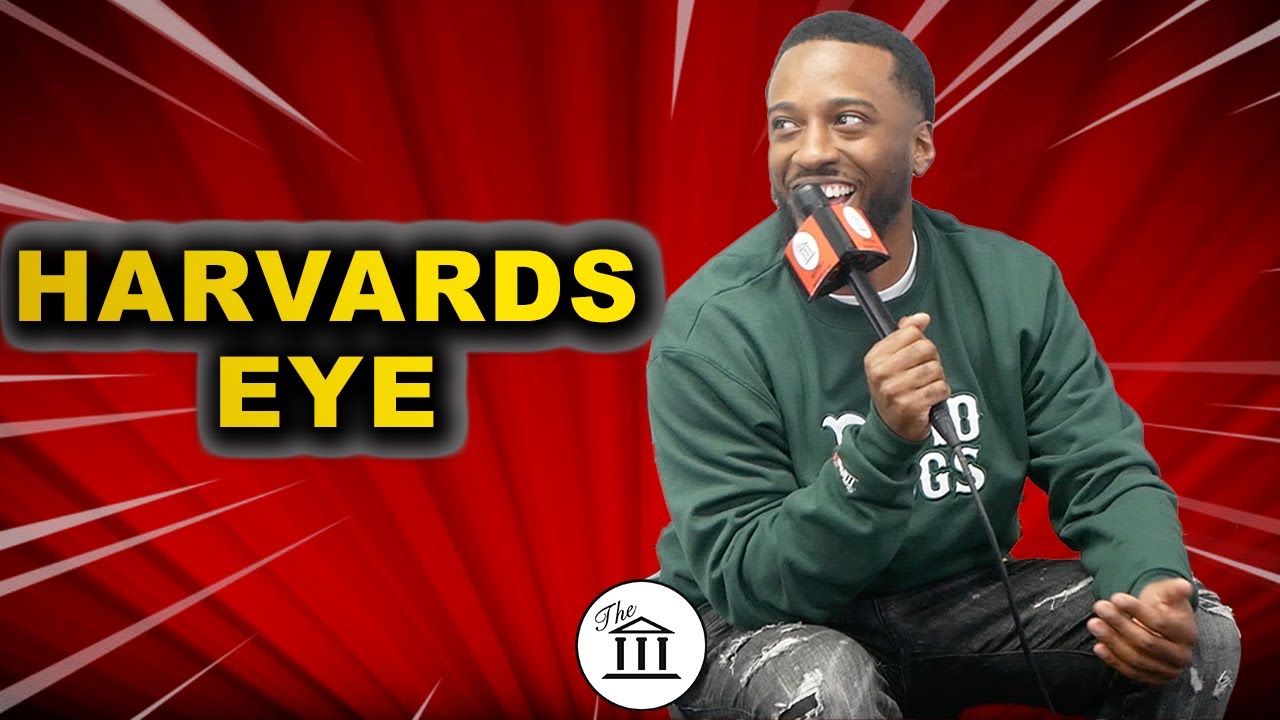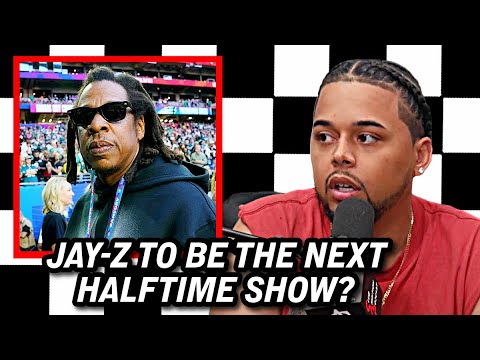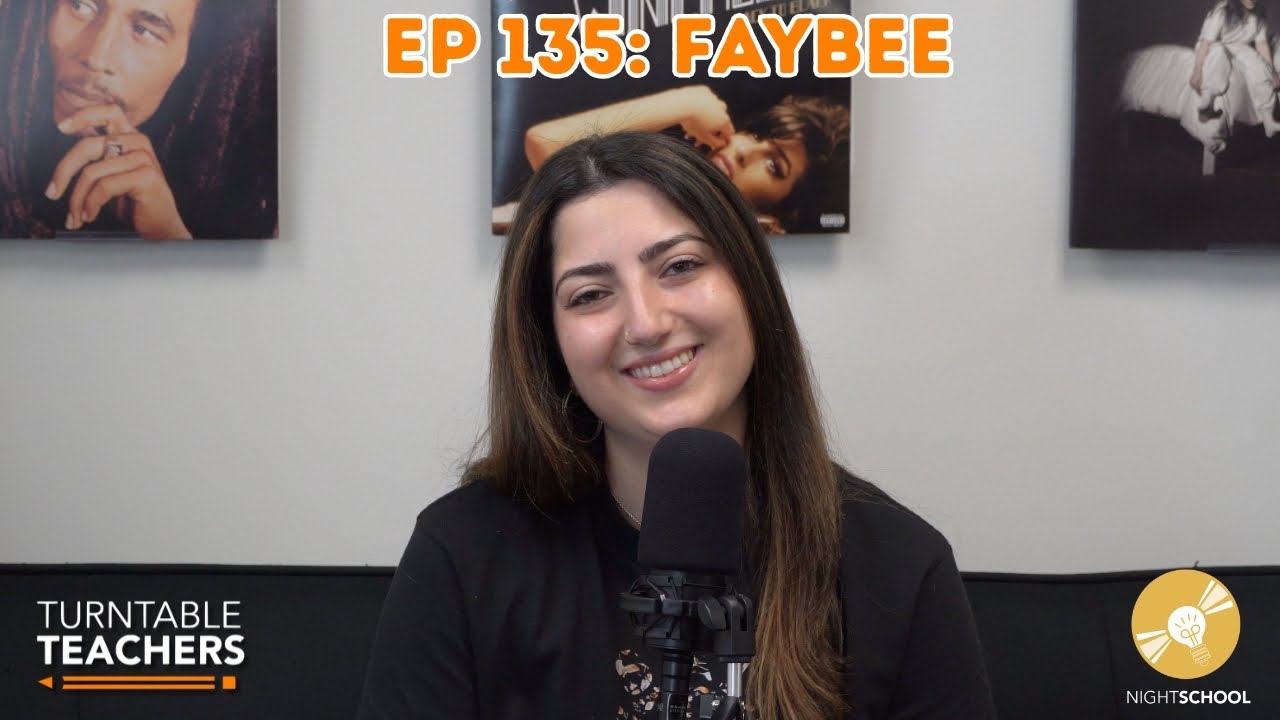For many first-time homebuyers, securing a mortgage can feel out of reach, especially with a lower credit score or limited savings. But for some, the solution may lie in a government-backed option: the FHA loan.
“I wasn’t sure I could even buy a house until I learned about FHA loans,” says Ben Jones, a longtime renter who recently closed on a duplex in his neighborhood. “It made the whole process feel possible.”
Jones isn’t alone. Thousands of borrowers each year turn to FHA-insured loans, designed to make homeownership more accessible by offering low down payment options and flexible credit requirements. These loans, insured by the Federal Housing Administration and issued by private lenders, are particularly popular with first-time and moderate-income buyers.
“I didn’t have perfect credit, but the FHA loan gave me a real shot,” says Ginny Smith, who purchased her first home with her husband after receiving down payment help from a family member. “We just needed something that worked with our situation and this did.”
To qualify for an FHA loan, borrowers typically need a minimum credit score of 580 and a down payment of just 3.5%. Even buyers with scores between 500 and 579 may qualify if they can put down at least 10%. Lenders will also review income, debt-to-income ratios (up to 43% in many cases), and the type of property being purchased.
One key limitation? The home must be your primary residence, and it must meet specific FHA property standards. FHA loans can’t be used for second homes or investments, but buyers can purchase up to a four-unit property if they plan to live in one unit.
Interest rates for FHA loans are often competitive, and borrowers can choose from 15- or 30-year terms. Most loans come with fixed rates, providing stability throughout the repayment period. However, mortgage insurance premiums (MIP) are mandatory, regardless of your down payment size. This includes an upfront MIP (1.75% of the loan amount) and an annual MIP, typically around 0.55%.
“Mortgage insurance wasn’t ideal, but it was worth it to get the home we wanted,” says Jones. “We’ll look at refinancing later if it makes sense.”
FHA loans are more than just standard mortgages. Programs include:
- 203(b): Basic FHA home loan for primary residences
- 203(k): For home purchases that include up to $35,000 in renovation costs
- 251 ARM: Adjustable-rate mortgages
- HECM: Reverse mortgages for homeowners 62 and older
- Energy Efficient Mortgages: For eco-conscious upgrades
- Streamline Refinance: For current FHA borrowers looking to lower their rate
Loan limits vary by location, with the 2025 ceiling in most areas set at $524,225 for a single-unit home, and up to $2.2 million in high-cost regions.
For buyers like the Smiths, who purchased a $350,000 home with a 3.5% down payment, the FHA option made all the difference. Their monthly payment sits at about $2,145, including MIP, and while the total interest paid over 30 years is substantial, they’re building equity and stability.
Alternative programs also exist, such as VA loans, USDA loans, and conventional loans, each with their own pros and cons. But for many with limited savings or imperfect credit, FHA loans remain a standout option.
Still, experts advise doing your research. Closing costs can add another 2% to 6% to the purchase price, and mortgage insurance costs can make FHA loans more expensive over time. But shopping around and working with an experienced lender can help mitigate these costs.
As mortgage rates continue to fluctuate, many economists expect borrowing costs to ease in 2025. For those ready to take the next step, experts suggest comparing quotes, checking eligibility, and speaking to a mortgage advisor.
“The FHA loan gave us the chance to buy now, instead of waiting for perfect conditions,” says Smith. “It opened the door.”














